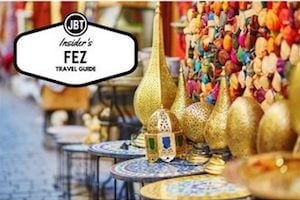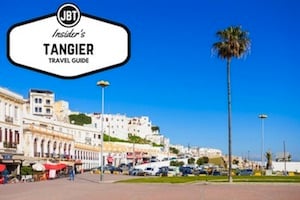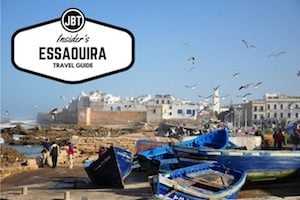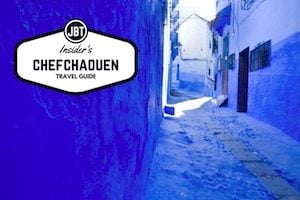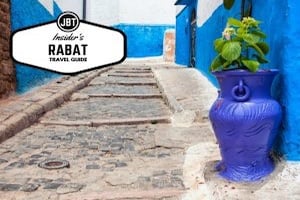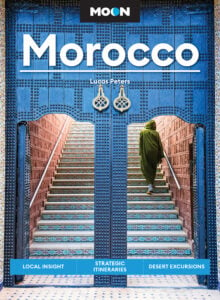
The people are what make the core of any culture. Today we’d like to introduce you to some of the faces of Morocco. The people behind these images are our friends and neighbors. The portraits come from all corners of Morocco and are a small sampling of who you might encounter when you come to visit. We hope you enjoy this glimpse of Morocco!

Sofia is an Amazigh singer from the Ouarzazate region of Morocco. She was once a regular performer to the Glaoui family and was famed for her traditional Berber (Amazigh) songs. We were lucky enough to meet Sofia while on a visit to Telouet and she agreed to perform for us that day inside the Kasbah. Her amazing voice echoed within the intricately designed walls of the main room with the stunning mosaics and carvings gracefully complimenting her talent. Check out a video of her performance in our post on Telouet Kasbah.

The origins of the fez hat seems to be in constant dispute among historians, and claims are made in Europe, North Africa and the Middle East. The name “fez” does however come from the Moroccan medina of Fez, where the red crimson dye was first produced to colour the hat, made from crimson berries. Check out our post on the History of the Fez medina for more interesting facts about this UNESCO World Heritage Site.

This man told us he is often photographed by visitors to Chefchaouen and takes it as a compliment! Chefchaouen is arguably the most beautiful medina in Morocco and its blue-washed laybrynth of streets are not to be missed. Plus you’ll find lots of friendly locals like him! Check out our Insiders Guide to Chefchaouen for more info, photos & videos showing scenes from the blue city.

The Kasbah of Udayas was built during the Almohad reign and contains a beautiful blue & white washed medina inside its walls. Many people skip over Rabat in favor of the bigger tourist cities but there are plenty of sites to experience in the capital city. Just after this photo was taken, one of the children’s mothers leaned out of a doorway and called them all in for supper. We’re sure it was a delicious Rabati specialty like a braised beef tagine with pink olives known as mes’lalla.

Every Moroccan neighborhood has a community bakery. They’ve been part of life for centuries. Locals share these communual ovens and they are often a social hub of the community. While exploring the streets of Marrakesh (or any city in Morocco!) you can expect to see people carrying their freshly baked bread, cakes and biscuits on their way home throughout the day.

We often take people to have lunch with local families as well as restaurants and this photograph was taken during a recent visit to the High Atlas. Located just nearby to a museum of Amazigh culture, this is one of our favorite days out and guests often come back with fond memories from this experience.

This portrait of two salt mine workers was taken at the Tinzart salt mine in the Ouirgane region of Morocco. To see more scenes from the salt mine and this trekking route through the Ouirgane, check out our promo video on our homepage.

A traditional Gnawa drummer performs outside the Chellah in Rabat. These drummers often stand in touristic places busking and performing and can be an interesting performance to watch in a setting like the Chellah Gardens. Don’t you love the smile on his face?

This man was very happy to have his photograph taken outside his artisanal shop and is typical of the friendly faces you can expect to meet in Rabat. Check out our Insiders Guide to Rabat for a full list of things to do while visiting this amazing capital.

Moulay Idriss is one of the Middle Atlas’s more special medinas and with horse and cart still being used as the main transport around town, it gives a beautiful glimpse into traditional and rural Morocco. At night time, the fruit & veg in Moulay is left out under blankets, unlocked, showing how trust within the community is still alive in this town.

Al-Kawtar is a non-profit organization for women with disabilities founded in 2006. All women involved are members who are collectively responsible for its concerns, issues and interests. The Centre offers full day care including meals, transportation, a physical rehabilitation room, technical, medical and personal awareness as well as training in embroidery skills. Check out our Insiders Guide to Marrakesh for more info on NGO’s and recommended places to visit in this incredible imperial city.

This artisan told us he likes to keep a record player besides him throughout the day and plays his favourites songs on the street side to keep him company. Check out our Insiders Guide to Casablanca for the lowdown on what to do while exploring this iconic city.

The Middle Atlas is one of Morocco’s most treasured agricultural regions and Ifrane is right in the heart of the all the amazing produce it brings. From cherries to artichokes, there is always an amazing spread of veg on offer in the Ifrane markets, whatever the season. If your interested in spending time in the little Switzerland of Morocco, why not check out our list of favourite walks the town has to offer.

A boy carries some bread dough to be baked in a communual oven in Fez. To see more scenes from inside the Fez medina like this, check out our video on our Insiders Guide to Fez page.

Tangier lies on the north of Morocco’s coastline and the local dishes here take an influence from Spanish and Portuguese cuisine. Freshly grilled sardines and fish tagines are all on the menu here, as well as a wide range of fresh vegetables from the nearby Rif and Middle Atlas mountains. Check out our Insiders Guide to Tangier for more info, photos & videos

Taliouine is a a very remote and rural town in Southern Morocco, famed for its ability to grow high quality saffron. Check out our ongoing series about saffron farming in Taliouine for more portraits and stories about this region.

Assaiss is a small village higher up into the Sirwa mountain range from Taliouine and is also famed for its ability to grow saffron.

The Ziz Valley is a stunning belt of palmeries flourishing alongside the Ouled Ziz river and is renown for its fresh produce like dates, pomegranates and quince. Check out our recent post Hidden Morocco: Aoufouss and the Ziz Valley for more scenes and info about this region

Moloud is somewhat of a legend in the Erg Chebbi region and is an amazingly creative and talented musician. He makes his own instruments out of stones and tree stumps found the Sahara and regularly performs at festivals throughout Morocco and internationally. We were lucky enough to visit Moloud and watch him perform and will be posting a video of the performance very soon!

The Erg Chigaga region is a lot more remote and difficult to access than the Erg Chebbi dunes. We were invited in to drink tea with this lady and her family in true Berber fashion, a culture known for its genuine hospitality. We met the family outside a nomadic school which had been set up for the day on the fringes of the dunes and a school teacher from a nearby village had come to teach any children passing by, like this lady and her family.

This man was herding camels through the dunes when we stopped to talk to him. People who inhabit the Sahara know how to navigate the dunes and trust themselves to walk for hours transporting goods to and fro nearby villages, with only a few basic essentials.

One of the main difficulties in living in such a remote environment is finding schooling for children. The nature of having to move around and being based in areas with such limited infrastructure means travelling school camps are often the only means of education available to young nomadic generations. Check out our sustainability page for more information about issues surrounding education in remote areas of Morocco
We hope you have enjoyed seeing some of the more human side of Morocco. These images represent only a fragment of the people and personalities you’ll encounter here. If you’d like to start planning your trip to Morocco, call or email us today.


